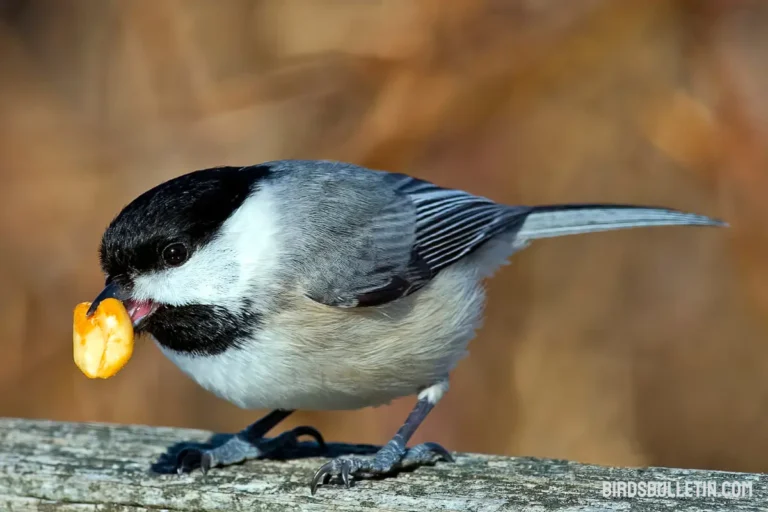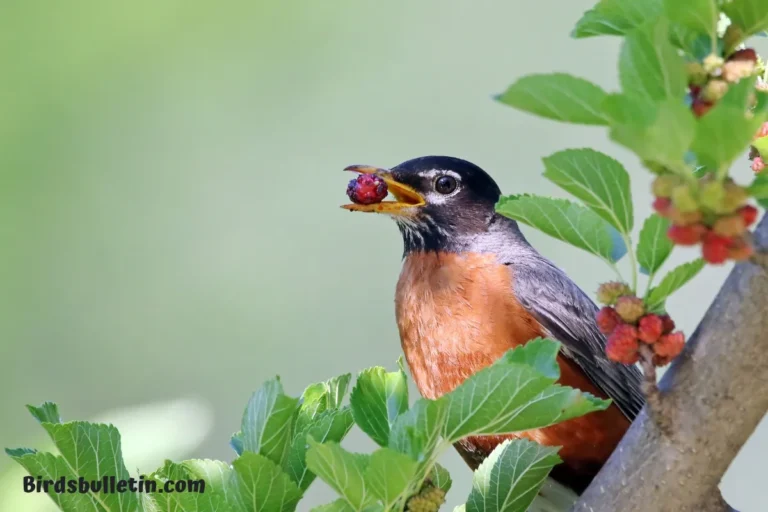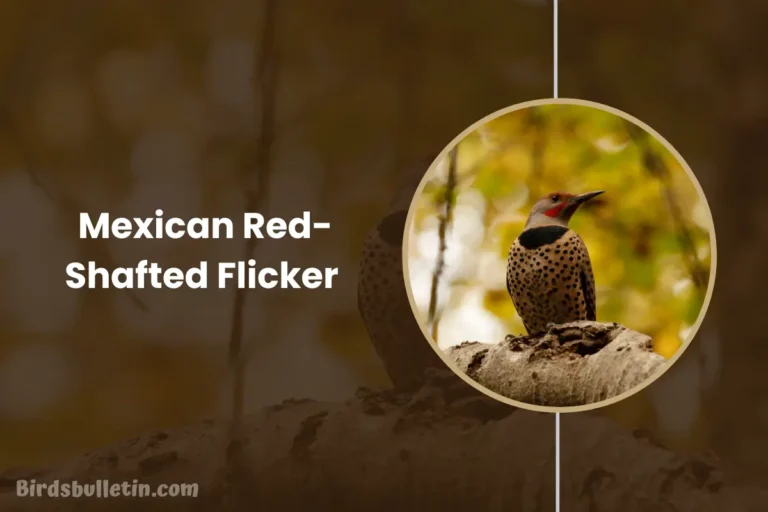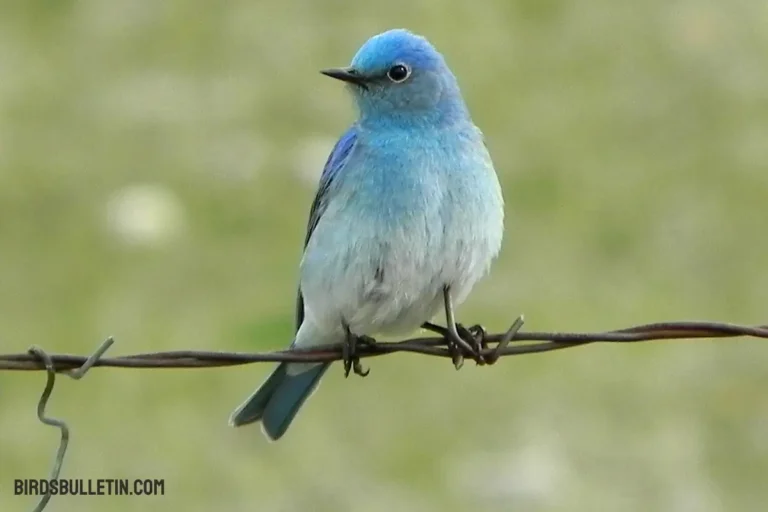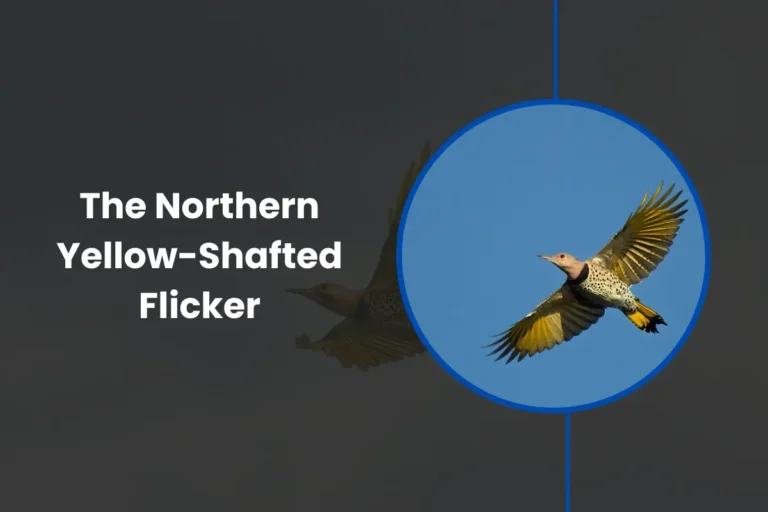Overview Of The Dwarf Red-Shafted Flicker
The Dwarf Red-shafted Flicker is a distinctive subspecies of the Northern Flicker found in western Texas, south to northeastern Mexico. This bird species is characterized by its specific features and habitat preferences.
In this overview, we will explore various aspects of the Dwarf Red-shafted Flicker, including its scientific classification, identification, geographic distribution, and unique traits.
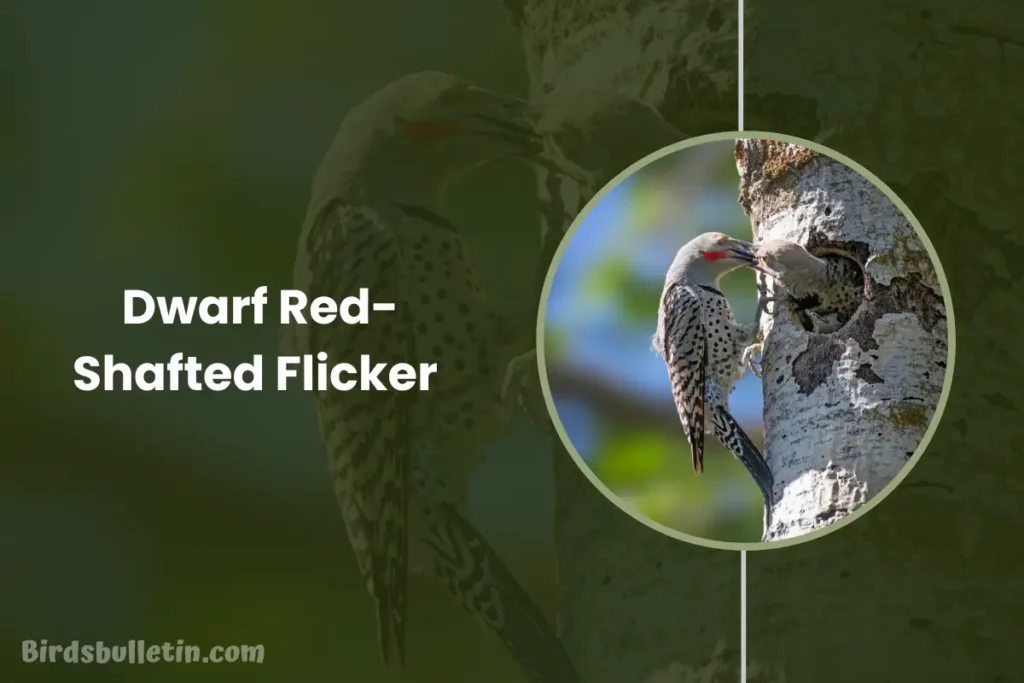
Want to learn more about bird subspecies:
Scientific Classification:
- Kingdom: Animalia
- Phylum: Chordata
- Class: Aves
- Order: Piciformes
- Family: Picidae
- Genus: Colaptes
- Species: Auratus
- Subspecies: Nanus (Dwarf Red-shafted Flicker)
Identification
The Dwarf Red-shafted Flicker exhibits specific physical traits that distinguish it from other flicker subspecies:
- Size: Similar to other flickers, the Dwarf Red-shafted Flicker is a medium-sized bird, measuring around 11 to 12 inches (28-31 cm) in length.
- Plumage: This subspecies typically displays a brownish-gray body with black bars and spots. Like other Northern Flicker subspecies, males feature a red mustache mark on the lower part of their face, differentiating them from females.
- Wings and Tail: During the flight, the Dwarf Red-shafted Flicker’s wings and tail exhibit a vibrant salmon-red or orange-red coloration, which is a hallmark characteristic of the red-shafted flicker group.
- Habitat: This subspecies is commonly found in open woodlands, parks, and urban areas within its range in western Texas and northeastern Mexico.
Location
The Dwarf Red-shafted Flicker, Colaptes auratus nanus, resides in western Texas, extending its range southward into northeastern Mexico. Within this region, it occupies a variety of habitats, including forests, scrublands, and residential areas.
Unique Traits
The Dwarf Red-shafted Flicker showcases several unique traits specific to its subspecies:
Salmon-red Wing and Tail Feathers
Similar to other red-shafted flicker subspecies, the Dwarf Red-shafted Flicker displays vivid salmon-red or orange-red wing and tail feathers. These colorful plumage features are prominent during flight, making the bird easily identifiable.
Adaptability to Urban Environments
This flicker subspecies demonstrates a remarkable ability to adapt to human-altered landscapes. It is often observed in parks, gardens, and urban areas, foraging for insects in lawns and trees.
Summary
The Dwarf Red-shafted Flicker is a captivating subspecies of the Northern Flicker. Its striking salmon-red wing and tail feathers, and adaptability to urban environments make it a notable bird species within its range. This medium-sized woodpecker is a testament to nature’s adaptability and resilience in the face of changing environments.
Frequently Asked Questions:
01. Why does the dwarf flicker have a restricted range?
A: Its isolation in remote arid woodlands of western Texas and northeastern Mexico may have enabled divergence into a distinct small subspecies.
02. What ecological niche does the dwarf flicker occupy?
A: Its tiny size allows it to exploit small crevices, holes, and tunnels for food and nest sites that bigger flickers cannot access.
03. How can the dwarf flicker be identified?
A: Its diagnostic features include location in western Texas/northeastern Mexico, very small size, high-pitched calls, and typical red-shafted plumage at a reduced scale.


